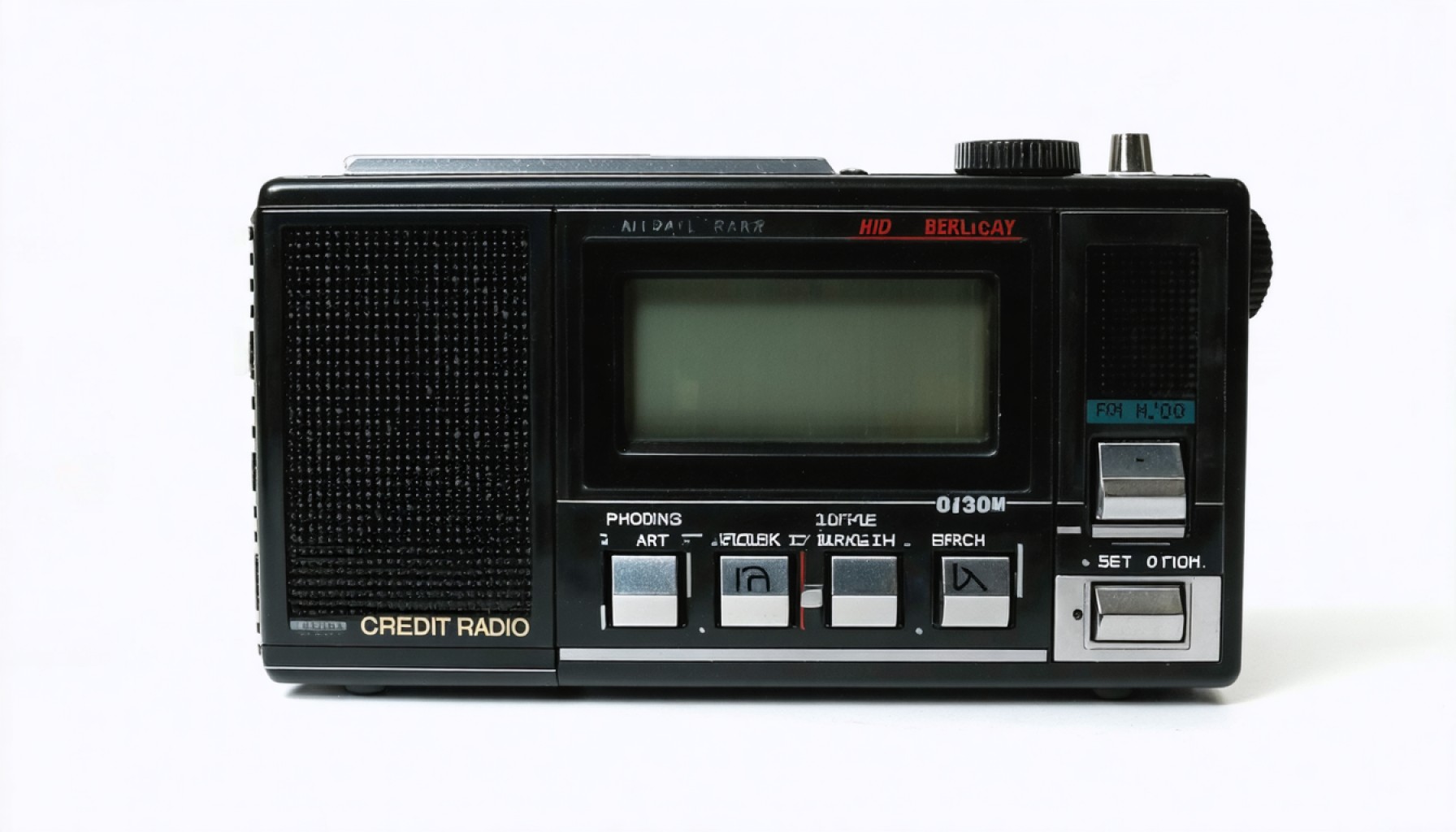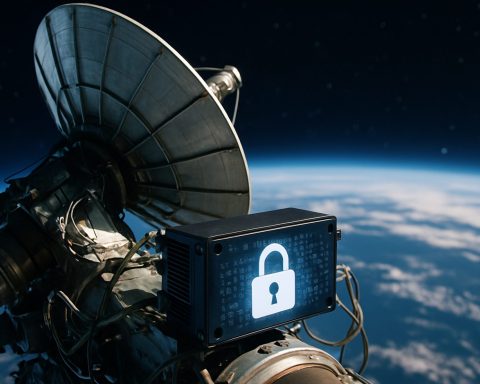- The Casio RD-10 redefined portability in the 1980s and 1990s with its credit card-sized design and clever FM antenna solution.
- The RD-10’s sleek 1.9mm thickness exemplified the era’s obsession with miniaturization and convenience.
- Casio also introduced the RD-20, an AM-only counterpart, to cater to talk radio listeners.
- Industry competitors like Citizen contributed to the card radio trend with slightly bulkier designs.
- The innovation of card radios represented a societal shift towards mobility and accessibility in electronics.
- Card radios faded as smartphones and MP3 players emerged, yet they remain symbols of a transformative period in tech design.
- The evolution of card radios showcases the cycle of innovation and obsolescence in consumer technology.
Imagine sliding a radio into your wallet, as sleek and unassuming as a credit card. This was not science fiction, but a hallmark of electronic innovation during the 1980s and 1990s. At the heart of this trend was the Casio RD-10, a marvel of its time that embodied the era’s obsession with miniaturization and convenience.
Emerging in a world where technological advancements brought new dimensions to everyday life, the RD-10 redefined portability. This diminutive device eschewed bulky components, featuring a slimmed-down design that measured an astonishing 1.9mm thick. Unlike conventional radios burdened by cumbersome antennas, the RD-10 cleverly utilized its earphone wire as an FM antenna. This ingenious solution maintained its slender profile, allowing it to slip effortlessly into pockets and inspire wonder with its minimalist aesthetic. In a quest to cater to all radio enthusiasts, Casio crafted the RD-20, an AM-only sibling. Slightly thicker but equally compact, the RD-20 catered to talk radio aficionados, offering a similar juxtaposition of sophistication and simplicity.
Casio was not alone in this technological race. Industry players like Citizen joined the fray, producing card radios that, while slightly bulkier, maintained the commitment to portability. Weighing only about 21 grams, Citizen’s FM Card Radio was a testament to this pocket-sized revolution, though it fell short of the RD-10’s acclaim as “the world’s thinnest radio.”
More than just engineering wonders, these card radios encapsulated a broader societal shift toward mobility and accessibility in consumer electronics. As smartphones and MP3 players emerged, the once-futuristic card radios gradually faded into nostalgia, limbs of a bygone era where convenience met pioneering design in a credit card’s guise.
The key takeaway is how the story of the card radio mirrors a broader narrative: the relentless pursuit of innovation that simultaneously births obsolescence. These ingenious relics remind us of an era when shrinking technology fueled the imaginations of inventors and consumers alike, shaping the landscape of modern-day portable devices. Such was the magic of the credit card radio—a symbol of ingenuity that still reverberates through today’s tech-driven world.
The Rise and Fall of Credit Card Radios: A Nostalgic Look at Miniature Innovation
Introduction
In the rapid evolution of portable technology, few devices symbolize the 1980s and 1990s like the Casio RD-10 credit card radio. As an exemplar of miniaturization, this sleek gadget epitomized the era’s dedication to making technology as accessible and portable as possible.
Features and Specifications
– Thickness: The Casio RD-10 was celebrated for its ultra-thin design, measuring just 1.9mm. Its competitor, Citizen’s FM Card Radio, was slightly bulkier but still reflected the portability ethos.
– Antenna Design: Ingeniously, the RD-10 utilized the earphone wire as an FM antenna, eliminating the need for a separate, cumbersome antenna and maintaining its sleek profile.
– Weight: Tipping the scales at approximately 21 grams, these radios were exceptionally light, perfect for on-the-go use.
Industry Trends and Innovations
The card radio craze was part of a broader technological trend toward miniaturization and mobility. As consumer demand shifted toward more portable and multifunctional devices, manufacturers raced to produce smaller gadgets without sacrificing functionality.
Market Influence
The emergence of card radios highlighted a shift in consumer expectation—portability and ease of use were becoming pivotal in product design. While devices like the RD-10 were initially at the cutting edge, the advent of smartphones and MP3 players eventually rendered them obsolete.
Real-World Use Cases
Credit card radios were popular among travelers and outdoor enthusiasts, offering a convenient entertainment option without the bulk of traditional radios. Their discreet size made them ideal for personal use in public spaces.
Controversies and Limitations
While innovative, card radios had limitations, including sound quality and reception, which were compromised due to their minimalist design. Moreover, the transition to digital media meant these analog devices could not compete with the functionalities offered by digital players.
Predictions and Insights
As we advance in the realm of portable tech, the nostalgic value of devices like the RD-10 is likely to increase. Collectors and vintage tech enthusiasts may drive a niche market revival, celebrating these relics as benchmarks of innovation.
Pros and Cons Overview
Pros:
– Ultra-portable and lightweight
– Ingenious antenna design
– Minimalist and stylish
Cons:
– Limited by analog technology
– Basic functionality compared to modern devices
– Vulnerable to obsolescence due to digital advancements
Actionable Recommendations
– Collectors: Keep an eye on auctions and vintage tech markets for these collectible gadgets.
– Tech Enthusiasts: Use the design principles of card radios as inspiration for creating new portable tech innovations.
– Historians: Explore the broader impact of miniaturization on consumer electronics during the late 20th century.
Conclusion
The credit card radio craze serves as a fascinating chapter in the history of electronic innovation, demonstrating the endless pursuit of making technology accessible. While they have been surpassed by modern devices, their legacy continues to inspire design and innovation in the portable tech industry.
For further insights into the evolution of technology, visit Casio and explore their current product offerings.







